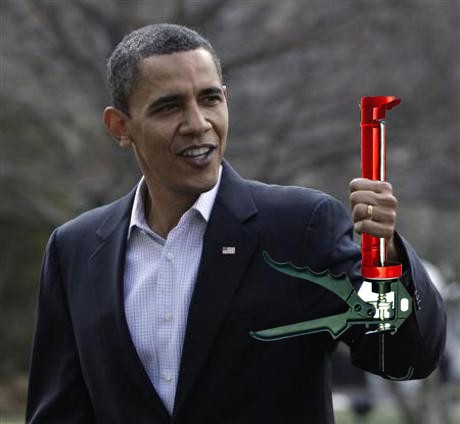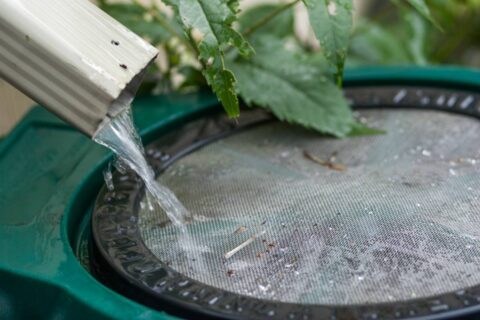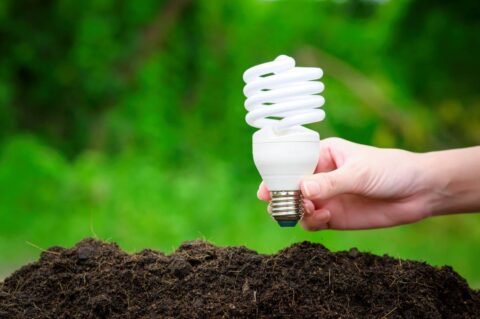Didn’t have an old clunker car that you could trade out for a newer and more fuel efficient vehicle during the Cash for Clunkers program?
Don’t worry, you’ll soon be able to save some bucks and jump in on a government stimulus program that hopes to inspire homeowners to make energy efficient improvements.
It’s the HOMESTAR — aka Cash for Caulkers — program that Obama officially announced on Tuesday.
Why Are People Calling It Cash for Caulkers?
- The first reason is an obvious play on words with last year’s “Cash for Clunkers” program.
- The second is because it’s funny.
- The third is because sealing air leaks in your home is one of the fastest and easiest ways to save some energy, hence, some money.
How Does Cash For Caulkers Work?
There won’t be any rebates for super small scale (but still very important) upgrades like switching to CFL light bulbs or installing a low flow shower head, but larger upgrades will be eligible for an on-the-spot rebate.
That means that it may finally be time for you to update your waning water heater to a tankless on-demand water heater, replace your A/C unit, have recycled insulation blown into your attic, or other more major energy related home improvement upgrades.
Yahoo!Green has a great rundown of how the program will work:
- Small-scale upgrades like insulation, duct sealing, water heaters, HVAC units, windows, roofing and doors would be eligible for 50 percent rebates up to $1,500 or combined upgrade rebates of up to $3,000.
- Entire-home retrofits would be eligible for a rebate of $3,000 towards an energy audit and upgrades amounting to 20 percent energy savings. Any savings over that would be eligible for more rebates.
- Safeguards would be put in place to ensure that the upgrades actually improve efficiency: All contractors must be certified in energy-efficient installations and independent auditors will perform surveys to make sure upgrades were installed correctly and are saving energy.
- The program would also help state and local governments create financing options for these retrofits so more consumers can participate.
The president said the “Cash for Caulkers” program would create construction jobs, reduce the nation’s energy use equal to the output of three coal power plants, save participating households $200-$500 per year in energy costs and support energy efficiency innovation.
You may want to think twice and do some homework on which upgrades will actually give a good return on your investment. TreeHugger has a great breakdown of which home improvements save the most money and reduce carbon dioxide (CO2) emissions, compared to their total investment required.
What do you think of the “Cash for Caulkers” program? Will it inspire you to pull the trigger on some upgrades you’ve been putting off?
Other Ways To Save On Energy
Here are a few simple ways you can make a HUGE difference in your home energy savings:
- Upgrade to a programmable thermostat
- Slay the energy sucking vampires in your home
- Save LOTS of energy by using “smart” power strips
I think every little step toward living green is an awesome one… but eco-snobbery sucks! My goal is to help newbies learn the most important steps toward living green — individually and collectively. Personally, I strive to have as little impact as possible on Planet Earth while I'm here.







